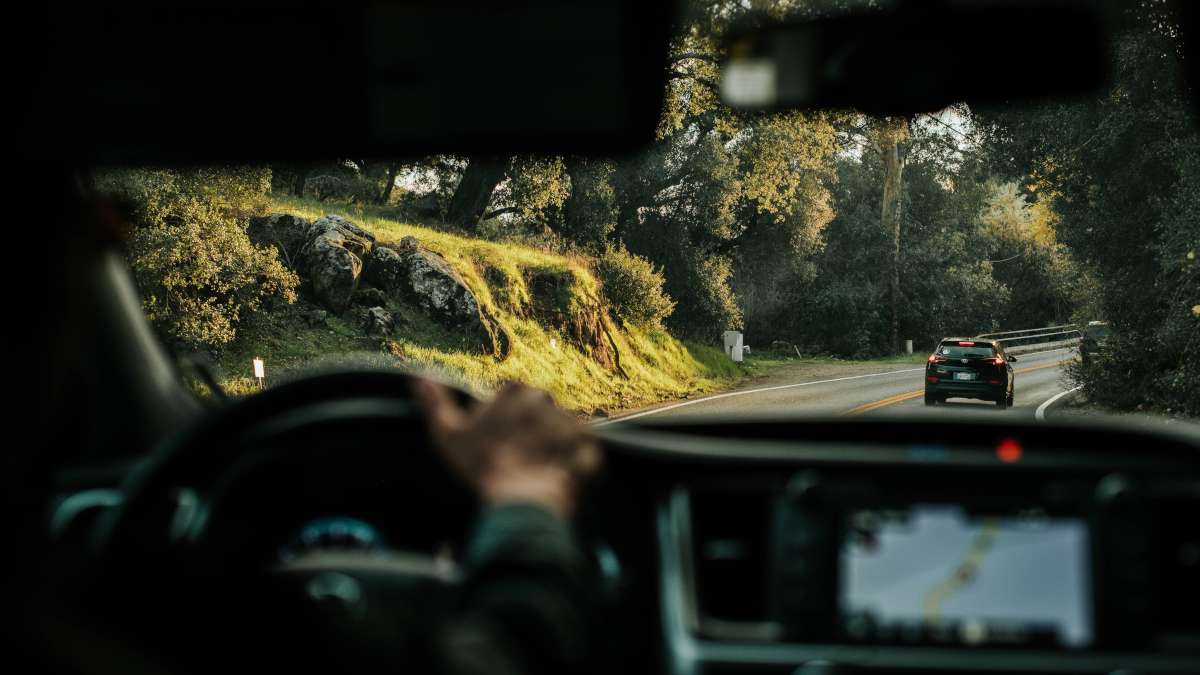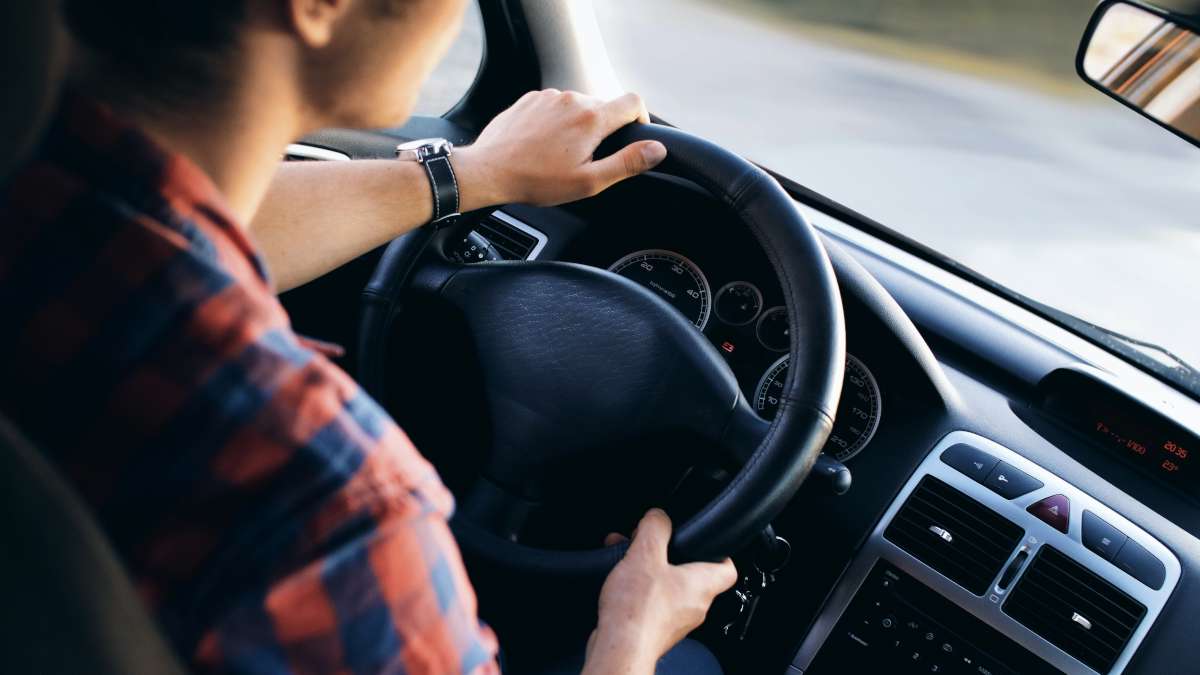
Speeding, running stop signs, tailgating, cussing, gesticulating; you don’t have to go very far down the road to see that courtesy among drivers is lacking. Unfortunately, our roadways — from interstate highways to rural routes — are overwhelmed with aggressive driving and road rage.
Driving each other up the wall
These days, it seems like people are living on the edge of their (negative) emotions. More often than not, they succumb to them; choosing to go off on one another, instead of talking things through. Nonetheless, is anger a ‘thing’ of our times, or were people always like that? Of course, anger has existed since the dawn of mankind, and there’s a reason for that.
Interestingly, Oliver Burkeman writes in his absorbing article at the Guardian:
For one thing, it’s almost impossible to get the necessary historical perspective: road rage, for example, feels like a modern phenomenon, until you learn that in 1817, Lord Byron was reported to the police for delivering a “swinging box on the ear” to “a fellow in a carriage, who was impudent to my horse”.
However, in the last few years, the situation seems to have been getting out of hand. Aggressive driving and road rage have become somewhat of a plague, affecting countless drivers daily. And that counts for both aggressors and victims. Although both behaviors are set in motion from the same mechanism — anger, that is — there’s a fine line between them. And what might that be? Read on!
What’s the difference between aggressive driving and road rage?
According to the NHTSA:
Aggressive driving occurs when ‘an individual commits a combination of moving traffic offenses so as to endanger other persons or property.’ […] A distinction is made between the traffic offense of aggressive driving and the criminal offense of road rage, defined as ‘an assault with a motor vehicle or other dangerous weapon by the operator or passenger(s) of one motor vehicle or precipitated by an incident that occurred on a roadway.
To clarify, aggressive driving is a traffic offense, whereas road rage is a criminal offense. Simply put, aggressive driving can escalate into road rage. Even though road rage is an extreme act of aggression, it does not occur in every case of aggressive driving and road rage.
10 examples of aggressive driving
- Running a red light
- Speeding in heavy traffic
- Tailgating
- Cutting off other drivers
- Ignoring traffic signs
- Weaving in and out of traffic
- Changing lanes unexpectedly
- Blocking drivers attempting to change lanes
- Angry gesturing or yelling at other drivers
- Misusing headlights or brakes to show your disapproval of other drivers’ mistakes
7 examples of road rage
Well, consider all of the aforementioned driving misdemeanors, followed by:
- Cursing/insulting
- Making rude gestures
- Throwing objects
- Intentionally hitting other vehicles
- Intentionally sideswiping on other vehicles
- Cutting off or forcing another driver off the road
- Physical assault (in extreme cases, even murder)
A road to nowhere: Aggressive driving and road rage by the numbers
In all honesty, the stats on aggressive driving and road rage are disturbing. Indeed, a 2016 study by AAA found that:
More than 78% of U.S. drivers reported having engaged in at least one aggressive driving behavior, at least once in the past year.
What’s more, findings of the same study showed that about 8 million drivers gave in to acts of road rage. Particularly, exiting their vehicle to confront another driver, or intentionally slamming their car into another vehicle. To illustrate, here are only a few alarming U.S. driving statistics from — what seems like — an endless list:
- Over 50% of the 5 million yearly car crashes in the United States are caused by aggressive drivers; with speeding being the most prevalent contributor to this statistic. (TeenSafe, 2018)
- Tailgating is a contributing factor in more than one-third of all crashes on the road. (TeenSafe, 2018)
- 66% of traffic fatalities are caused by aggressive driving. (SafeMotorist.com, 2019)
- 37% of aggressive driving incidents involve a firearm. (SafeMotorist.com, 2019)
- Half of the drivers who are on the receiving end of aggressive behavior, such as horn honking, a rude gesture, or tailgating, admit to responding with aggressive behavior themselves. (SafeMotorist.com, 2019)
- 2% of drivers admit to trying to run an aggressor off the road, at least once. (SafeMotorist.com, 2019)
- In 2014:
- 0.7% of drivers admitted to regularly blocking other vehicles from changing lanes.
- another 0.3% of drivers admitted to regularly cutting off other vehicles, deliberately.
- 0.1% of drivers admitted to regularly bumping or ramming other vehicles intentionally. (AAA Foundation for Traffic Safety, 2016)
Source: You can learn more about important aggressive driving and road rage statistics, here.
Tapping into dangerous driving behaviors
As most of us know, first-hand, some situations are more likely to cause a driver’s frustration and anger. For example, when people are running late, they are more prone to behave aggressively. Moreover, traffic congestion triggers hostile behavior for many people, as well.
In addition to the above, there are certain psychological factors that make drivers hot under the collar. These may range from low self-control to anxiety disorders, and from sensation-seeking personalities to antisocial behaviors, and increased materialism. Furthermore, to some, their car feels like a ‘hideaway on the highway’. That is to say, it’s a safe place where they can vent their emotions without inhibitions. And that’s where aggressive driving and road rage come from.
To put it another way, a car offers anonymity, and this may be part of the dangerous driving behavior problem. To elaborate, there is something that psychologists call “deindividuation”, meaning a loss of self-awareness; thus, loss of individual accountability.
And to make things worse, communication is impaired while driving, hence, intentions or situations may easily be misinterpreted. Nonetheless, focusing on what other drivers are doing, means that you’re not focusing on your driving; and that is unsafe driving, on its own.
How to avoid aggressive driving and road rage
Whenever you encounter an aggressive driver on the road:
- Remain calm and avoid eye contact
- Slow down, and let the ‘angry bird’ pass you
- By all means, don’t take things personally
- Mind your p’s and q’s; don’t react, nor respond with the same anger. It’s a vicious cycle
- If you have done something wrong that caused a driver’s anger, apologize
- The horn is a big no-no for people’s nerves; it goes without saying: be thrifty with it
- Put your own and your passengers’ safety first
- If possible, take notes on important information, so that you can report it to the police
- If you suspect that things may get out of hand, call 911 before it’s too late
On the other hand, if you are the one with the short fuse:
- To start with, organize your trip thoroughly and leave plenty of time to get to your destination
- Also, it’s always a good idea to create a pleasant environment inside your vehicle
- Remember, other drivers do not try to irritate you on purpose; people make mistakes, it is not about you
- If/when angered, focus on your breathing and remain in control of your actions
- Concentrate on your driving, and how to get safely to your destination
- Keep in mind, the road is not a race pit and other drivers are not your competitors
- If you have anger management issues, consult a professional who can help you regulate it
- Consider taking a defensive driving course. Without a doubt, it will help you develop safe driving habits
What can Fleet Managers do about aggressive driving and road rage?
It’s important to realize, a fleet business must — among other things — promote safety and compliance among its drivers. In this respect, vehicle management software like Veturilo, can help fleet managers collect valuable data regarding driving behavior. And that, in turn, can help deal with aggressive driving and road rage.
By monitoring speed, sharp turns, fast acceleration, and hard braking, you can anticipate misdemeanors that may lead to safety issues. Luckily, you can use this information to coach your team on defensive driving, preventing undesired situations in the long run.
In the meantime, you automatically reduce costs and avoid possible defamation of your fleet company. Truth be told, a fleet vehicle monitoring system can be an ace up a fleet manager’s sleeve. Even more so, when it comes to aggressive driving and road rage.
TL;DR
Emotions as ancient as stress and anger are necessary because they serve important survival purposes; that is, setting boundaries, warding off threats, and protecting from harm. So, feelings of stress or anger are more instinctive than anything else. And they are normal reactions when you find yourself in murky waters while driving. However, the problem arises when these feelings build up into aggressive driving and road rage.
Surely, a behavioral problem this big isn’t going to go away on its own. We all need to be responsible drivers. Even more so, if we’re talking about fleet businesses. As a fleet manager, your drivers’ demeanor and safety are your responsibility. Therefore, educating them into being defensive and considerate drivers is imperative. Fortunately, you have fleet telematics as your faithful ally in this endeavor! You can now deal with the deleterious effects of aggressive driving and road rage.


